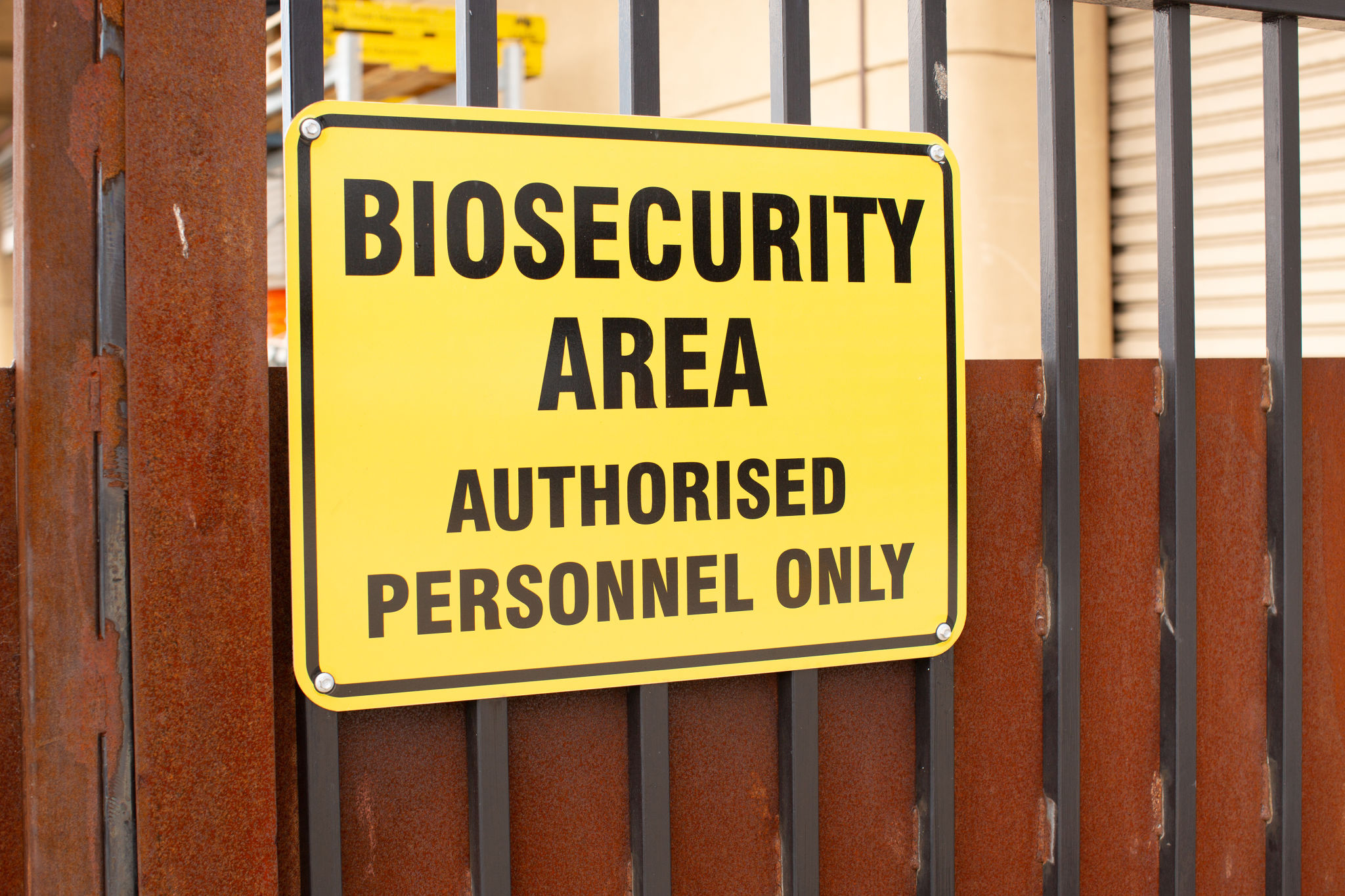Debunking Common Myths About Biosecurity in Australia
Understanding Biosecurity in Australia
Biosecurity is a crucial aspect of protecting Australia's unique environment, agriculture, and economy. However, several myths and misconceptions surround biosecurity efforts, leading to misunderstandings among the public. In this post, we aim to debunk some common myths and provide clarity on what biosecurity truly entails.

Myth 1: Biosecurity Only Concerns Farmers
A prevalent misconception is that biosecurity measures only impact farmers and those working in agriculture. While it's true that farmers play a significant role in biosecurity, the reality is that it affects everyone. Biosecurity is about protecting our natural landscapes, wildlife, and even our health from invasive species and diseases that could cause widespread damage.
Every individual plays a part in maintaining biosecurity. Whether you're a traveler, pet owner, or gardener, your actions can help prevent the spread of pests and diseases. Simple practices like cleaning your boots after hiking or ensuring your pets are healthy contribute to the national effort.
Myth 2: Biosecurity is Too Expensive
Another myth is that biosecurity measures are too costly and burden the economy. In contrast, investing in biosecurity helps save money in the long run by preventing expensive outbreaks and environmental degradation. The cost of managing an invasive species once it becomes established can be astronomical compared to preventive measures.

The Australian Government allocates resources to ensure efficient and effective biosecurity systems are in place, safeguarding industries like agriculture, fisheries, and tourism. This proactive approach helps maintain Australia's reputation for safe and high-quality produce.
Myth 3: Biosecurity Stops at the Border
Many people assume that biosecurity is only about keeping threats out of the country. While border control is a critical component, biosecurity extends beyond this. Internal measures are essential to managing potential risks already present within Australia.
Local councils, state governments, and community groups work together on surveillance and management strategies to address biosecurity threats at multiple levels. This comprehensive approach ensures rapid response to any issues that may arise within the country.

Myth 4: Biosecurity is Ineffective
Some skeptics argue that despite efforts, biosecurity measures cannot entirely prevent threats. While it's impossible to eliminate all risks, Australia's robust biosecurity framework significantly reduces the likelihood of major incidents. Through continuous monitoring, research, and innovation, Australia adapts its strategies to emerging threats.
The success stories of eradicating pests and containing outbreaks demonstrate the effectiveness of biosecurity measures. By staying informed and engaged, citizens can support these efforts and contribute to a safer and more resilient environment.
Conclusion: The Importance of Biosecurity Awareness
Understanding and dispelling myths about biosecurity is essential for fostering public cooperation and awareness. By recognizing the importance of biosecurity in protecting our natural resources and economy, we can all play a role in maintaining Australia's environmental integrity.
Education and community involvement are key to ensuring biosecurity measures are effective. By staying informed and taking simple preventive actions, each of us can help safeguard Australia for future generations.
